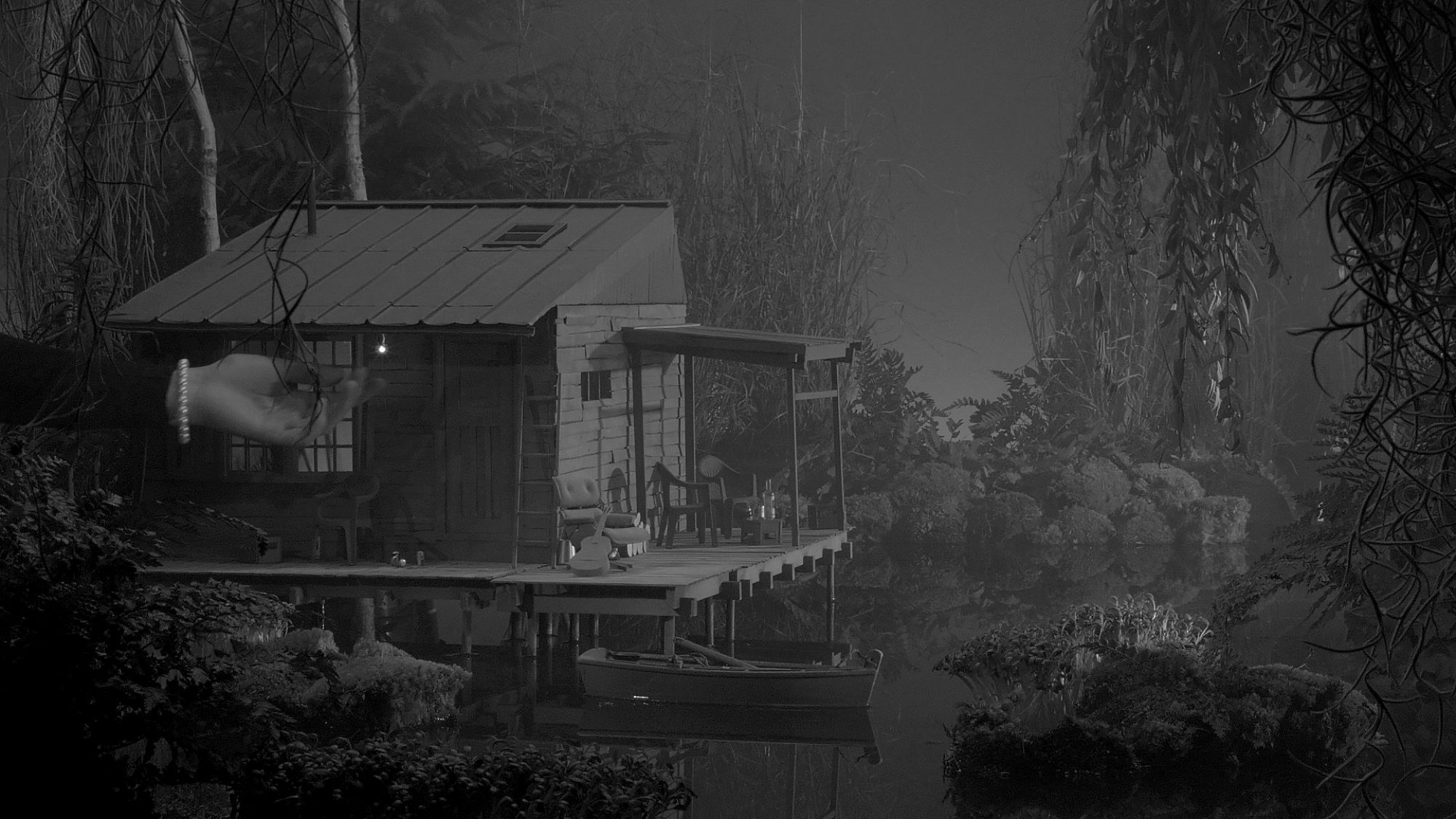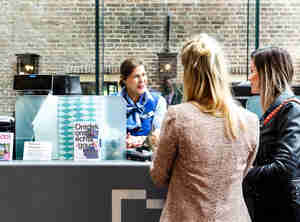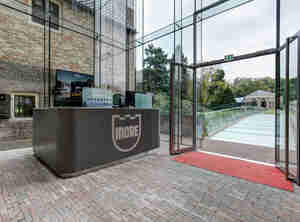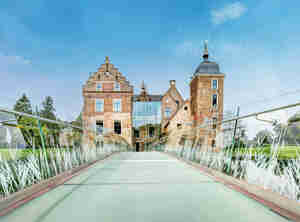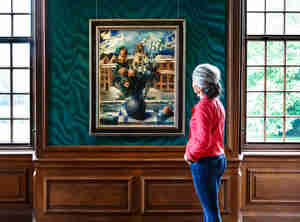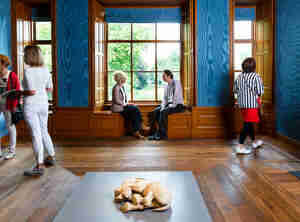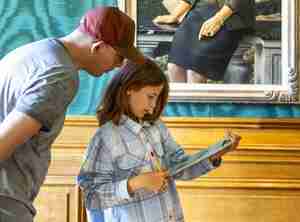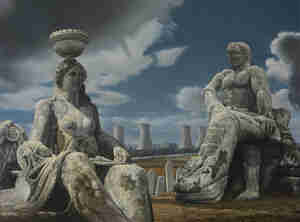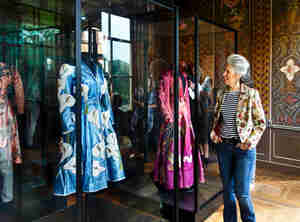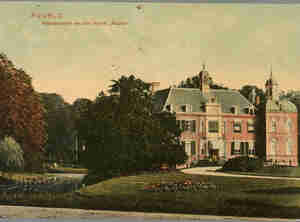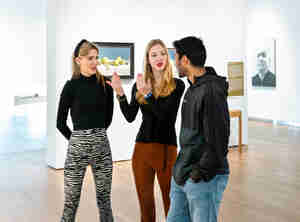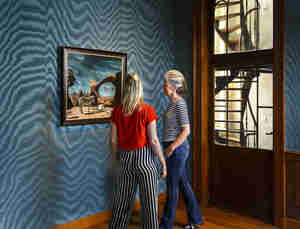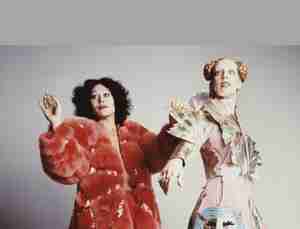This autumn at Ruurlo Castle we will show a selection of works by three masterful painters. The artist Carel Willink (1900–1983) and his contemporaries Raoul Hynckes (1893–1973) and Wim Schuhmacher (1894–1986) were among the very best Dutch painting had to offer in the 1930s and 1940s. Nowadays too, they are frequently mentioned in the same breath as the ‘Magic’ or ‘Neo’-Realists. The trio’s work is linked by the still life, the landscape, a hushed atmosphere and brilliant rendering of materials. Follow their artistic journey from modernism to a deceptive realism.

'AMUSING EVENINGS'
The three oeuvres of Willink, Hynckes and Schuhmacher are highly individual and distinctive. All the same, we can detect clear affinities here and there in terms of style, theme, composition and atmosphere. Each of the artists began his career in a modernist style before arriving at roughly the same time at the realistic visual language with which they would make their names. Willink and Schuhmacher both took life drawing classes at Henri Le Fauconnier’s studio in Paris in 1926. And within the Amsterdam art scene before the Second World War, the three painters met regularly at the Café Américain and elsewhere. Hynckes recalled enjoying ‘numerous, entertaining evenings’ there, particularly with Willink and his second wife Wilma. The three also shared Carel van Lier as their gallerist. So they knew each other’s work and development well and regularly attended the same exhibitions, from which they drew inspiration. We are therefore presenting the work of Hynckes, Schuhmacher and Willink side by side this autumn to highlight their affinities (whether conscious or otherwise).
COMPETITION?
Willink, Hynckes and Schuhmacher drew considerable inspiration from Cubism in the 1920s, as reflected in the angular shapes, strictly ordered compositions and a perspective tilted slightly forwards. A mountain, a bottle, a fountain or an old woman all display a similar, simplified shape with considerable emphasis on the interplay of lines. The colours they used also resembled one another, from predominantly blue-greys to brown-greys.
Hynckes found his subjects close to home, having devoted himself entirely to the still life since the early 1920s. Schuhmacher also painted a great many still lifes and Willink too produced several in the early part of his career. A bouquet of wildflowers, apples, pears and a small branch with a single leaf: Willink and Hynckes painted similar subjects in a comparable style and palette at almost the same moments. Coincidence? The fruit of an artistic interchange? Or possibly even a form of competition?


MASTERY
We find landscapes and town or village views in all three artists’ work. After the Second World War, Hynckes travelled regularly to his native Belgium to paint small, abandoned streets in the open air using somewhat simplified forms. He did so for relaxation alongside the meticulous still lifes he painted in his studio, which he considered his most important work.
Willink and Schuhmacher both enjoyed travelling to southern Europe, whose landscapes, villages, architecture and local people we also find in their work. Back in his studio, with the utmost detail, Schuhmacher painted the characteristic locations that had inspired him along the way. He based his scenes entirely on reality, yet the atmosphere, colour and somewhat elongated perspective are very much his. For his part, Willink based the individual elements of his paintings exclusively on reality – from Amsterdam, where he lived, to the mountains and classical sculptures he saw while travelling through Europe. His landscapes might appear real, but nothing could be further from the truth: in many cases they are ‘collages’ devised by the painter himself.
Hynckes, Schuhmacher and Willink all excelled in the rendering of materials, representing textures and surfaces in their work. It enabled them to show off their mastery as realistic painters. Which feathers feel softest? Those of Hynckes’ duck and snipe? Or those of Schuhmacher’s goose and duck? Or does the prize go to the fluffy fur stole worn by Willink’s second wife, Wilma, in the Double Female Portrait? What is it that makes us, as viewers, truly believe what we see? Realistic art would not be possible without technical perfection. Or would it?
STAGING SILENCE
The still life, the landscape, the tranquil atmosphere and the virtuos expression of materials connect the work of Willink, Hynckes and Schuhmacher. Almost a century later, we also encounter these aspects in the video by the contemporary artist Hans Op de Beeck (1969), which is shown in the museum.
In successive 'film sets' he creates astonishingly realistic representations with miniature furniture with its attributes and simple domestic materials such as a duvet or a wad of aluminum foil. A large sculpture by Hans Op de Beeck is on permanent display in Museum MORE in Gorssel.
With this video we show another important medium within his oeuvre.
